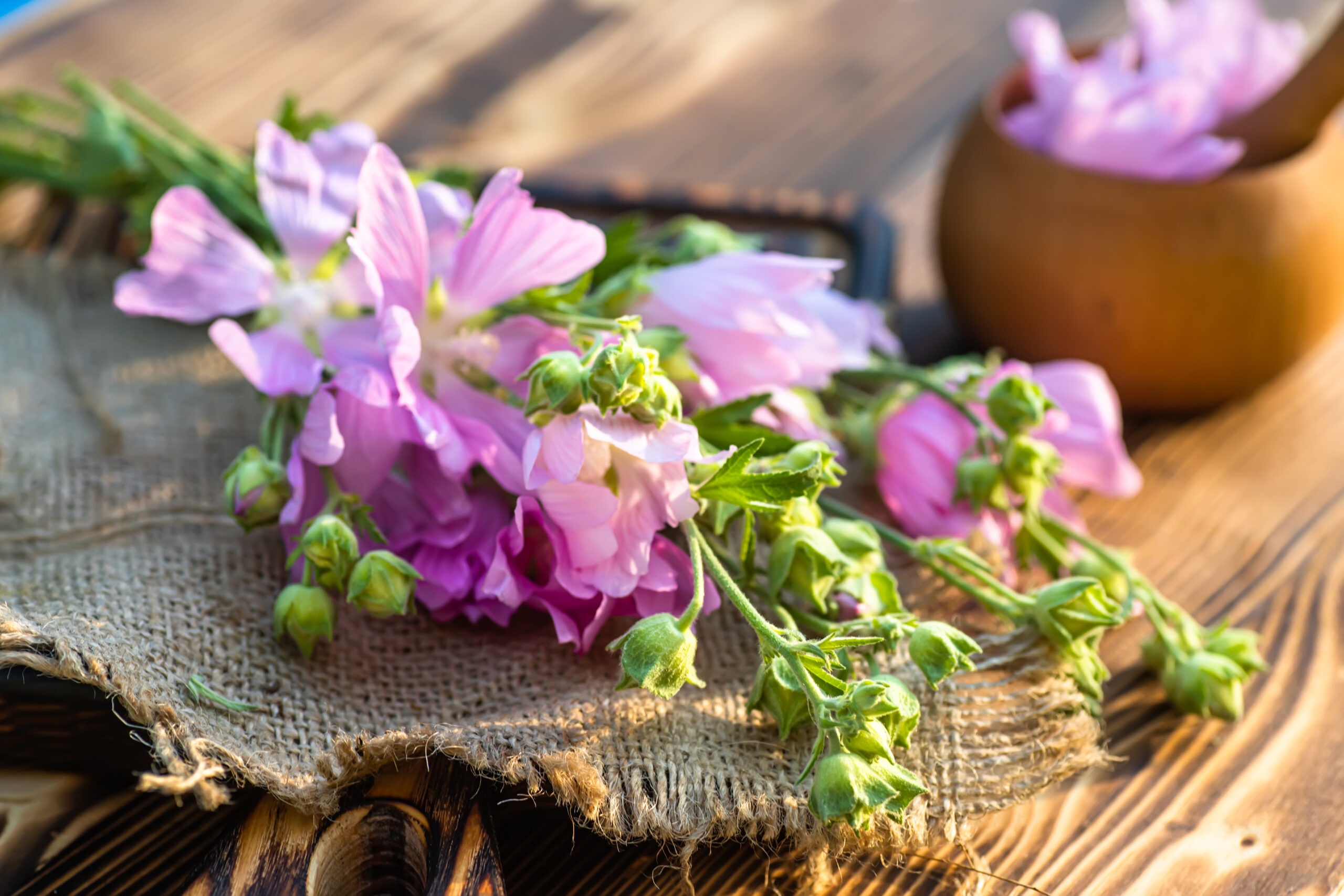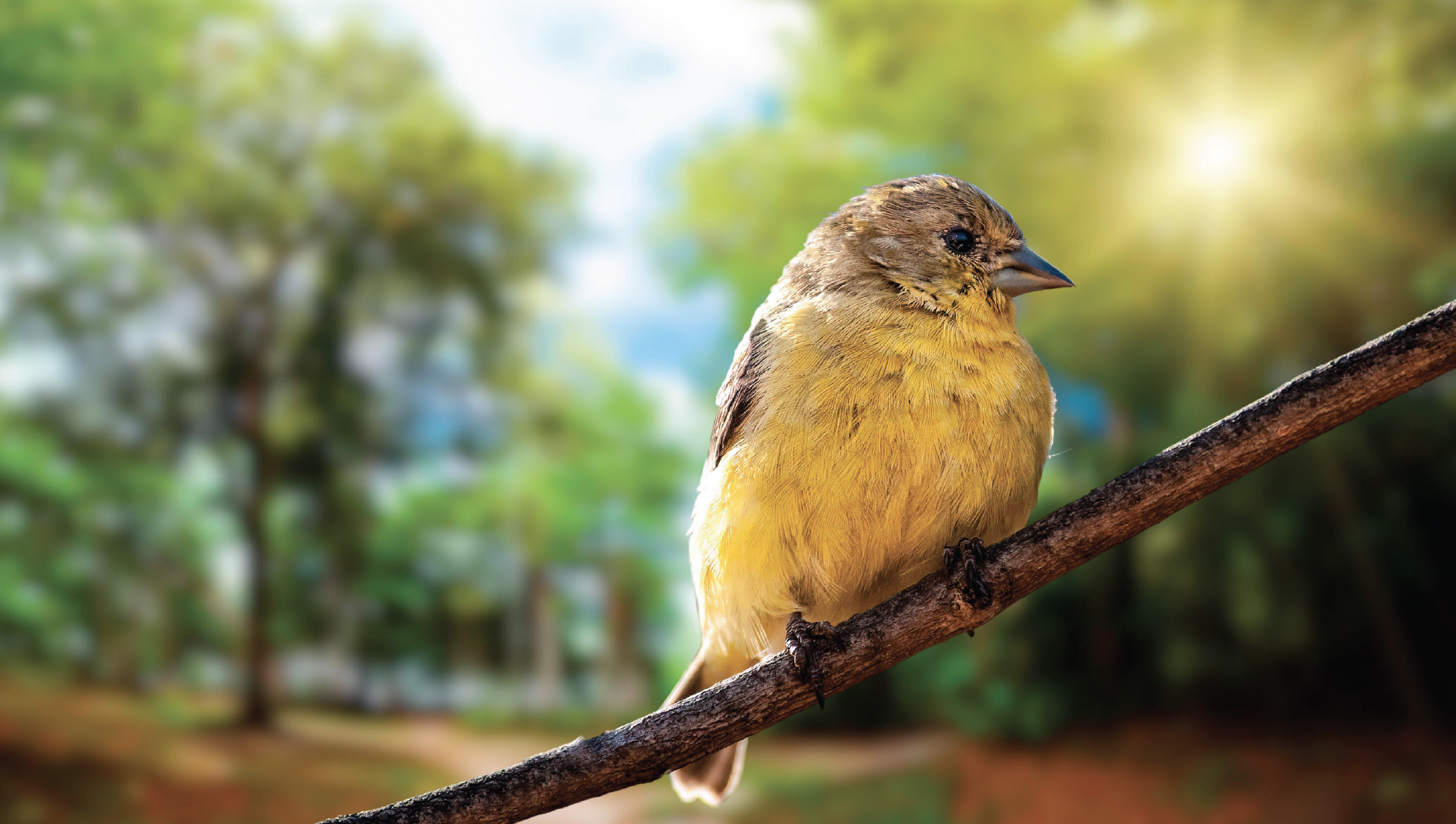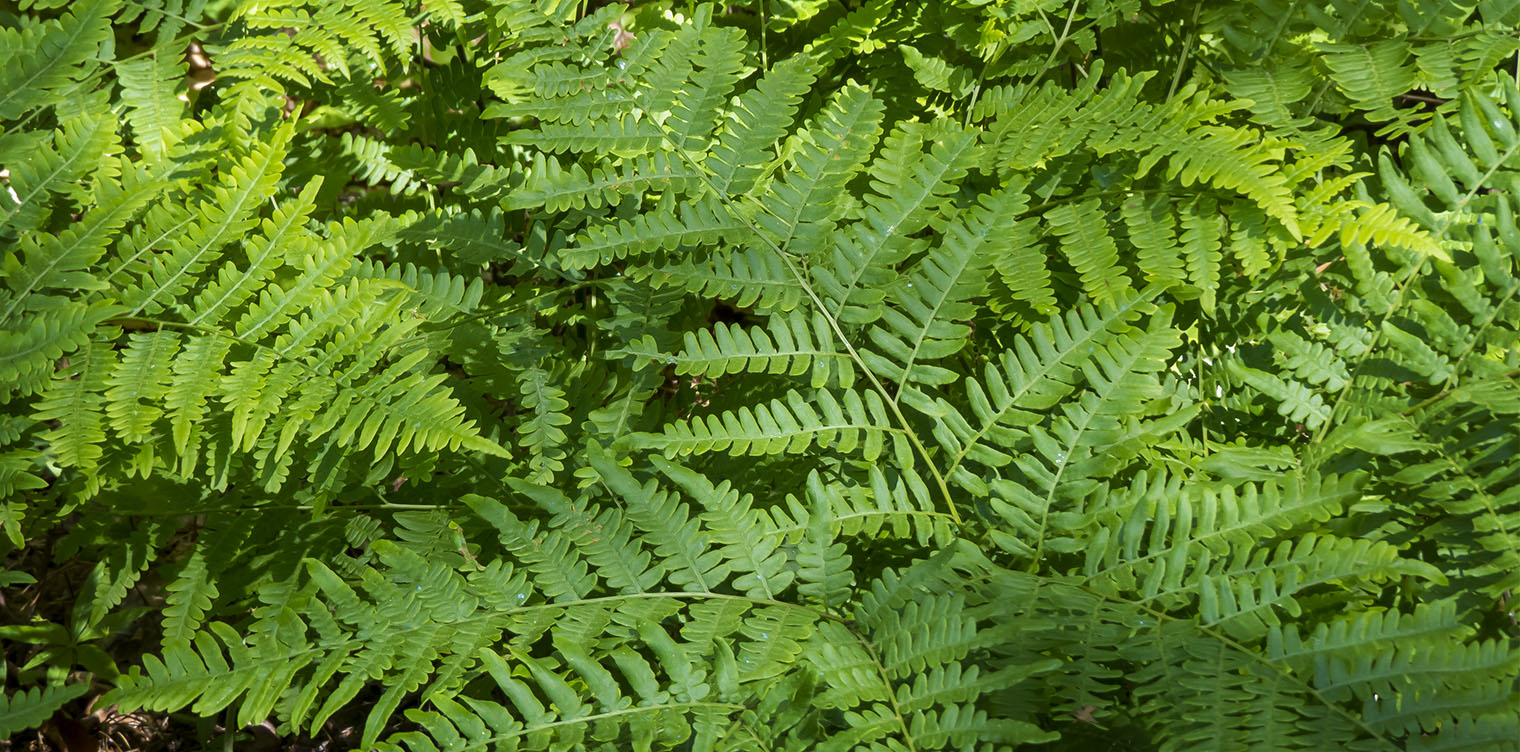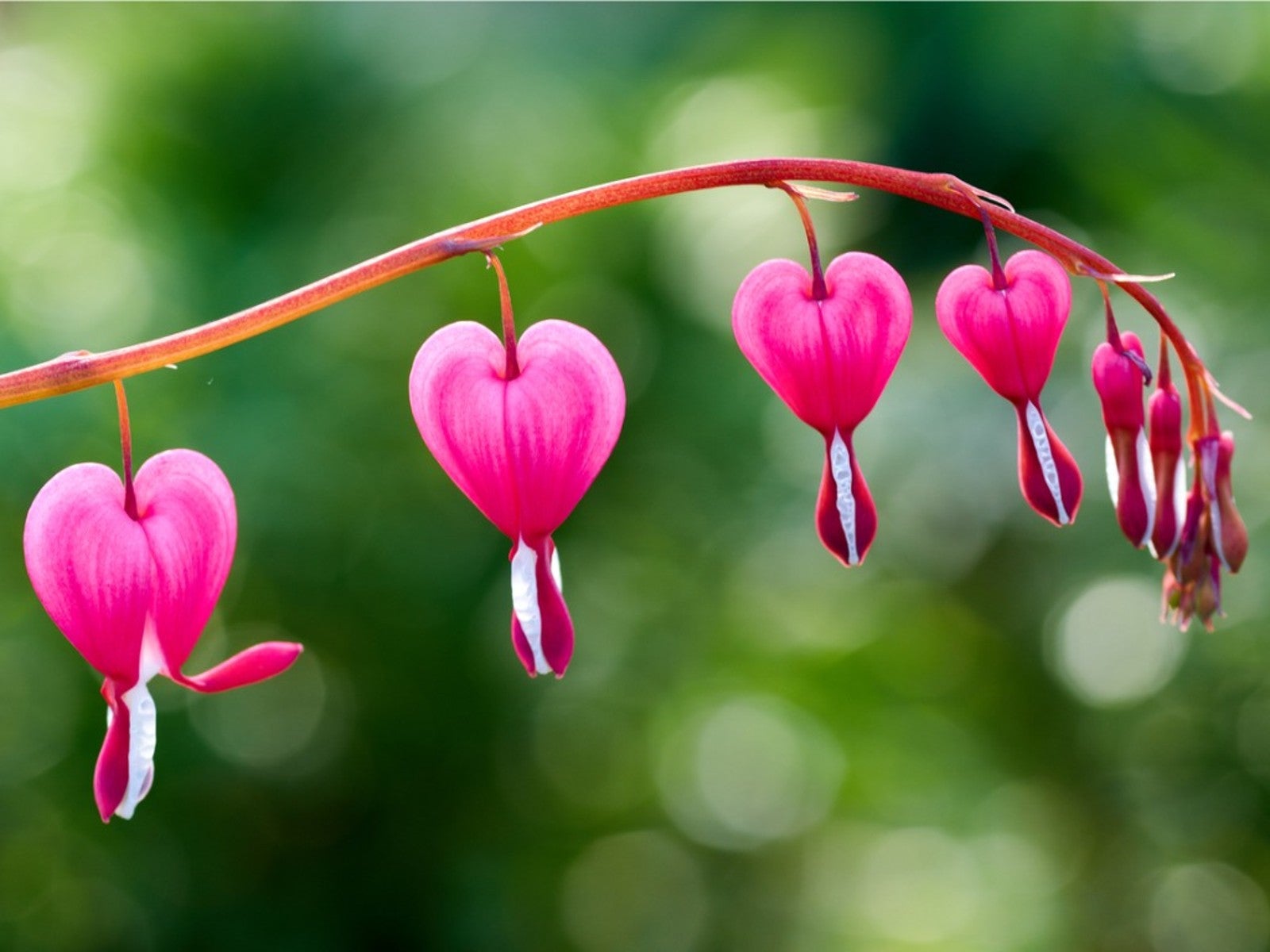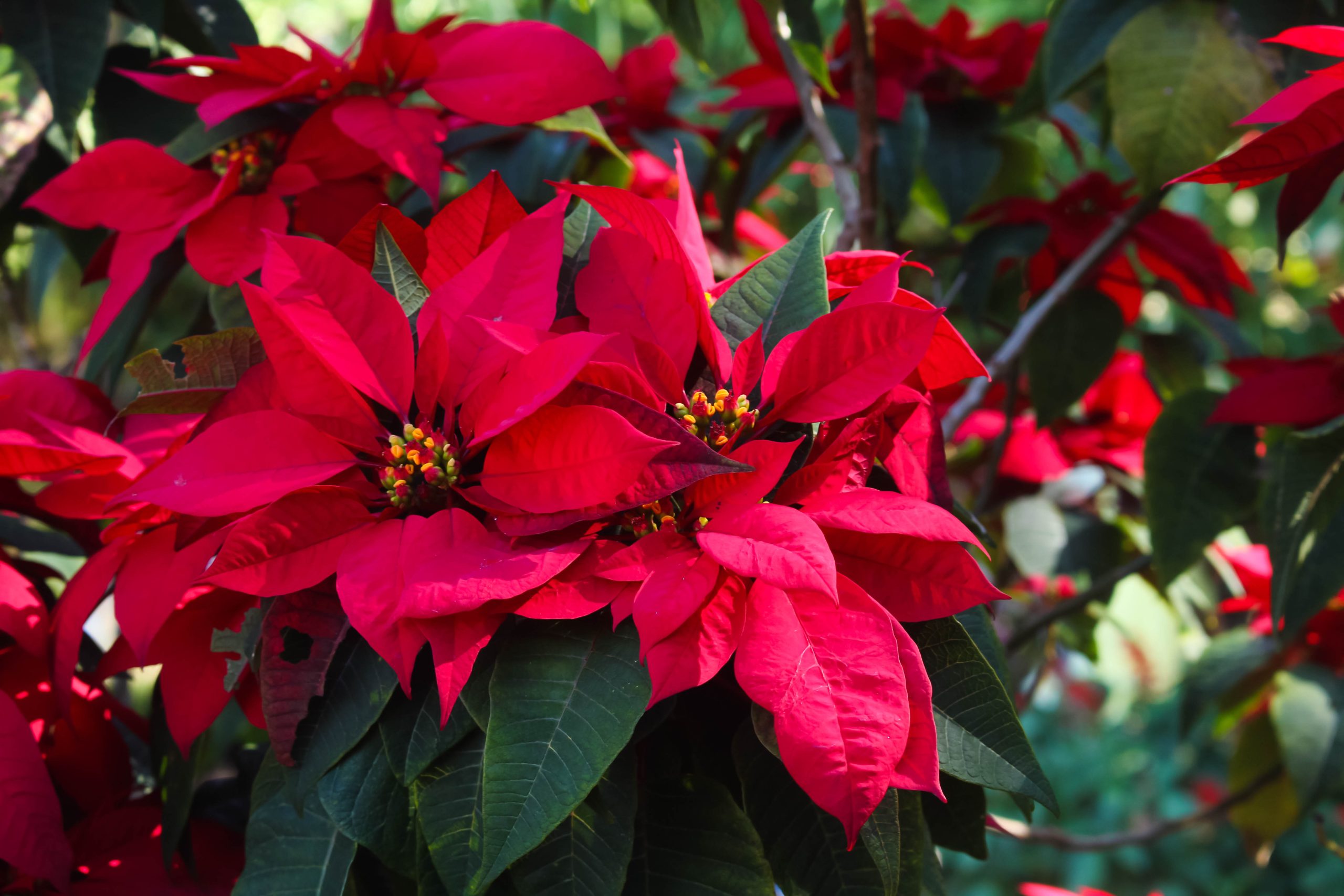Corn Poppies (Papaver rhoeas) are best known for their soft, breeze-blown flowers. This plant is also known as the common poppy, corn rose and field poppy. On a sadder note it is also the Flanders poppy. Due to the extent of ground disturbance in warfare during World War I, these corn poppies bloomed between the trench lines and no man’s lands on the Western front.
This annual grows well for us. You should sow the seeds in the fall since they need cool weather to germinate. They also require a lot ofwatertosprout. Iftheseeddriesoutduring the critical two-to-three-week germination period, the planting will be spotty. I planted mine in a border garden not realizing that they needed special care. The first year must have been perfect, and I had a lovely display. Seeds were set and sprouted once again that fall with no effort on my part. I had another bright spot the following spring. But for the last five years my timing has been off; those wonder- ful self-sown seeds have not returned, and later I had no success with newly purchased seeds. Maybe if you have automatic sprinklers, you will have more luck getting your seeds to germinate properly.
These Poppies are distant cousins of the opium poppy. The beautiful red blooms grow one to three feet tall and need full sun and soil that is well drained. Seeds are best sown in the garden since plants do not transplant well. If you didn’t get them out in the fall, you can try sowing them in the garden two or three weeks before the last frost date in spring. After germination they need low to medium water requirements. No pests seem to bother them since they stop blooming before Japanese beetles arrive, but they can be susceptible to fungi. Poppies love cool, sunny conditions. They leave before things heat up here below the Mason-Dixon Line, the silk looking blooms only last one day.
They have finely divided fern-like foliage that is a beautiful light green-blue. The blooms are solitary, shallow cupped and paper thin. They close in cloudy weather. On sunny day they turn their face openly to bask in the light. You can grow them in an annual border in gravel or in a rock garden and the seeds can be sown in succession for a continuous display.
If you want to see this beautiful nodding lady in mass, our highway beautification program has them planted along the interstate. I also have a (Papaver dubium) poppy this little flower only grows about a foot tall. The blooms are a light orange and they never need planting again. Once and done.
Whenmy friend gave me the seeds she said “you will never lose this plant” it is also known as long-headed or blindeyes. She was right. No matter the weather or conditions it returns year after year usually where I don’t want it



